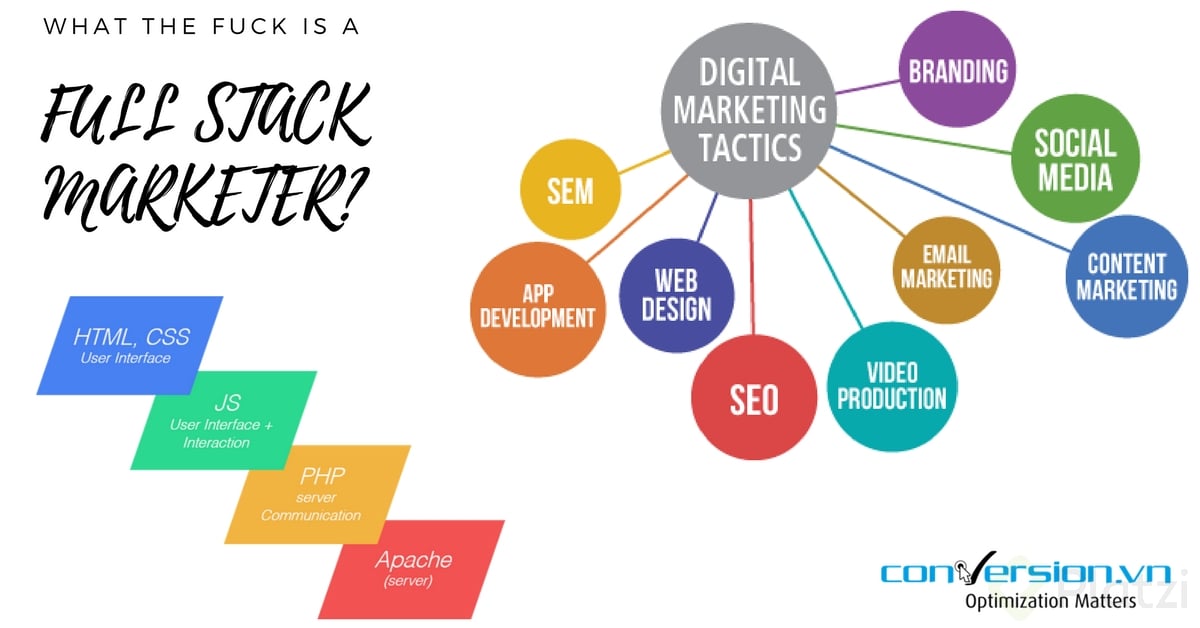
If you want to hear directly from the Microsoft team behind this stack - Todd Wells and also Payal Gupta Tiwana, director of marketing technology and operations - they’ll be giving an in-depth presentation at the upcoming MarTech conference:Īnd that’s just one of over 70 sessions at the intersection of marketing, technology, and management. But when communicating marketing’s vision for its technology strategy to a wide range of stakeholders, an engaging visual narrative is a powerful tool.īut these are just my observations. Obviously, that’s not as important as the design of the actual stack itself.

The slide itself is beautifully designed.Note that multiple major platforms from Adobe, Marketo, Salesforce, Sprinklr, and, of course, Microsoft itself, are being used together, each for its relative strengths in context, and they are all augmented by a range of more specialized marketing technology solutions. It demonstrates how a heterogeneous, best-of-breed marketing stack can be conceptually cohesive - orchestrating a diverse set of technologies in a coherent architecture.This is a great way to balance stability (systems of record) with agility (systems of differentiation and innovation).

They’ve separated three “tracks” of technology governance - systems of record, systems of differentiation, and systems of innovation - that can be managed according to a pace-layered application strategy (Gartner).Along that journey, they’ve identified key clusters of marketing competencies and representative technologies they use for each of them: data & analytics, planning & instrumentation, content, events, social, in-product, and customer advocacy.The customer journey - the multi-shaded blue band that leads from pre-sales marketing, to sales, to post-sales marketing, and back around again - rightfully serves as the primary lens for the marketing technology capabilities they’ve developed.This is an excellent illustration of a well-designed marketing stack created by Microsoft’s Todd Wells, VP/general manager of marketing IT, and Jeremy Posvar, director of marketing services in Todd’s marketing IT group: The team who runs global marketing IT and operations at Microsoft sent in their stack, as shown above ( click to view a larger version).

We’ve been getting some terrific entries into this year’s Stackies, but one came in last week that was particularly exciting to see. Thanks to the generous transparency of all those who contribute their stacks, the marketing community as a whole learns a tremendous amount from these real-world examples. They visually explain the strategic thinking and organizing principles behind their stack, revealing valuable insights into modern marketing technology management. The best ones do more than just namecheck tools they use.
#Stack market software
I am enormously grateful to every company that participates in the annual Stackies Awards, sharing a single slide illustration of their “marketing stack” - the collection of software that powers their marketing organization.


 0 kommentar(er)
0 kommentar(er)
